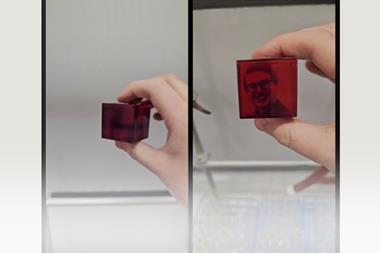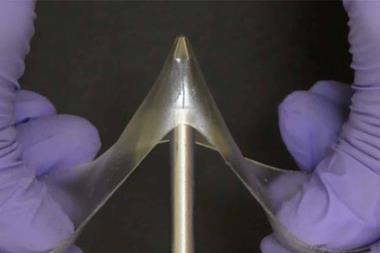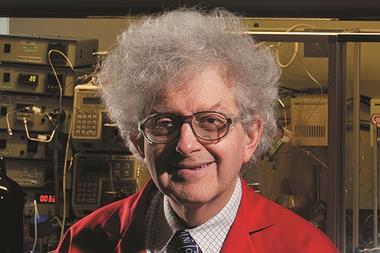Lithium ion batteries that can be stretched by 600% have been unveiled by scientists in China. In the future, the fibre shaped batteries could be woven into textiles to satisfy the ever-growing requirement for wearable devices.
Huisheng Peng and colleagues at Fudan University made the superelastic batteries by winding two carbon nanotubes–lithium oxide composites yarns, which served as the positive and negative electrodes, onto an elastomer substrate and covering this with a layer of gel electrolyte. The batteries owe their stable electrochemical performance under stretching to the twisted structure of the fibre electrodes and the stretchability of the substrate and gel electrolyte, with the latter also acting as an anchor. When the batteries were stretched, the spring-like structure of the two electrodes was maintained.
Previous stretchable batteries have generally been produced in a planar format, which has been an obstacle for their development for small, lightweight, wearable electronics. ‘Our fibre-shaped batteries can easily be scaled-up to an appropriate length and woven into clothing that can adapt to the body’s movement,’ says Peng.
The battery recorded a specific capacity of 91.3mAh/g and this was maintained at over 88% after stretching by 600%.
Ray Baughman, an electrochemical device expert at the University of Texas at Dallas, US, says the superelasticity achieved for the operating battery is fascinating. ‘A future challenge will be to dramatically increase the volume fraction of energy-storing material in the total elastomeric structure and to the decrease overall diameter to those conventionally used for weaving, while still maintaining a useful degree of rubber-like elasticity.’
References
This paper is free to access until 23 July 2014. Download it here:
Y Zhang et al, J. Mater. Chem. A, 2014, DOI: 10.1039/c4ta01878h





















No comments yet